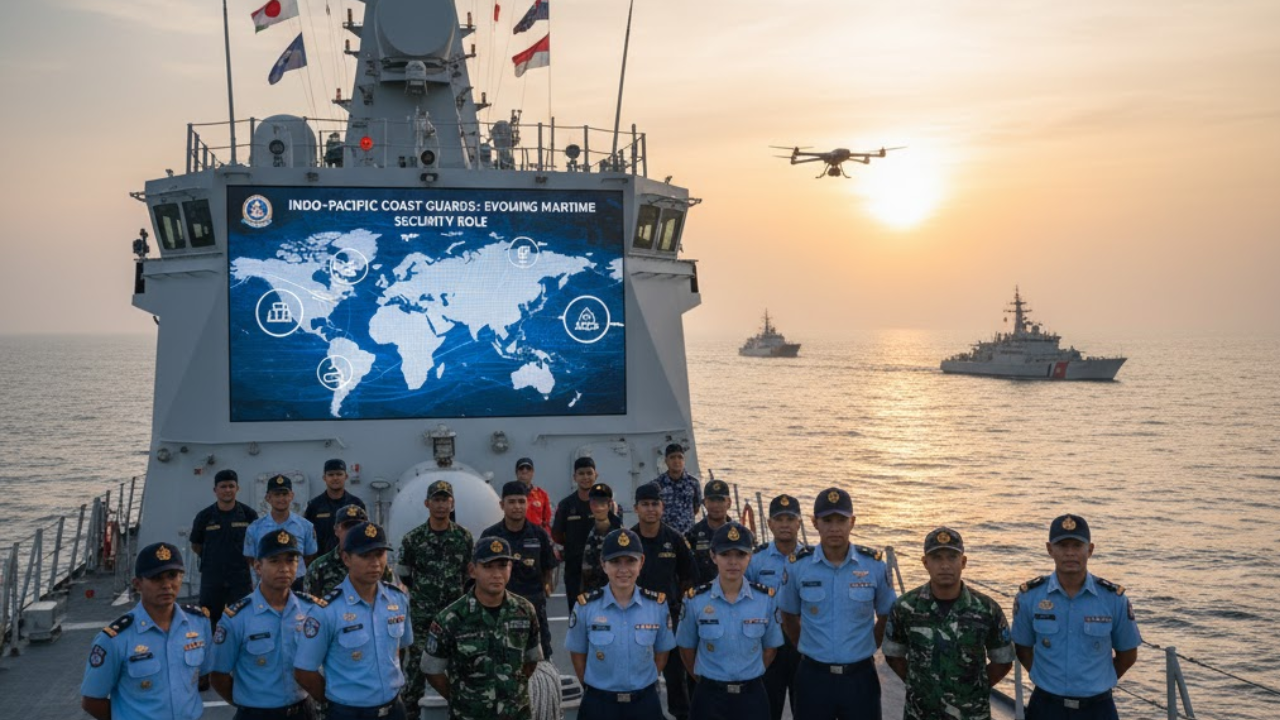
Post by : Meena Rani
In recent years, the role of coast guard and maritime enforcement agencies has evolved rapidly—no longer limited to search & rescue, fisheries enforcement or anti-smuggling patrols. In the Indo-Pacific especially, coast guards are being thrust into strategic frontlines: monitoring maritime disputes, protecting subsea cables and pipelines, countering hybrid tactics, enforcing marine environment laws, and complementing naval power projection.
This article explores how and why coast guards are gaining greater strategic significance, what new missions they adopt, the operational challenges they face, and what this shift means for regional geopolitics and maritime governance.
States increasingly deploy coast guard vessels, maritime militia, and law enforcement assets in disputed zones—below the threshold of open naval warfare. These “grey zone” tactics leverage ambiguity, policing rules, and escalation avoidance. Coast guards, rather than navies, often suit those contested missions.
The Indo-Pacific region hosts vast networks of undersea cables, energy pipelines, offshore platforms and renewable energy installations. Disruption or sabotage in these infrastructures can carry economic, security and connectivity risks. Coast guards are now tasked with patrolling and securing these assets, coordinating with civilian, naval and industry stakeholders.
Illegal, unreported and unregulated (IUU) fishing, maritime trafficking, migratory flows, and transnational environmental crimes challenge sovereignty and resource security. Coast guards are on the frontline of enforcing national law in exclusive economic zones (EEZs) and transnational waters.
Coast guards serve as a bridge between civilian and military maritime domains. In crises, they can provide persistent presence without overt naval escalation. Their law enforcement authorities allow flexible escalation profiles. They also support intelligence, tracking, and maritime domain awareness (MDA) systems that complement naval operations.
Many nations are investing in better coast guard fleets, surveillance systems (radar, satellites, drones) and operational protocols. Partnerships, maritime security aid, and capacity-building programs from external powers (e.g. U.S., Japan, Australia) have accelerated this modernization.
Coast guards increasingly deploy:
Coastal radar and wide-area surveillance
Unmanned aerial systems (UAS) / drones
Satellite monitoring and AIS tracking
Underwater sensors for detecting submarine or cable activity
This enables near-real-time maritime domain awareness over large EEZs or contested zones.
Coast guard vessels now engage in:
Law enforcement patrols, vessel inspections, boardings
Interdiction of illegal fishing, piracy, smuggling
Seizure of offending vessels
Escorting or shadowing suspect vessels in disputed waters
These operations require upgraded rules of engagement, enforcement authority, and tactical readiness.
In areas with underwater cables, pipelines or offshore energy installations, coast guards may:
Conduct regular patrols, deterrence presence
Rapidly respond to reported sabotage or damage
Coordinate with industry and private contractors
Deploy temporary exclusion zones and investigate anomalies
These roles demand specialized sensors, vessel-maneuvering capabilities, and threat assessment tools.
These classic roles continue but now integrate with broader security posture—coast guards may provide first response to maritime accidents, oil spills, environmental incidents, or disaster relief in strategic zones.
Nations often extend coast guard cooperation through:
Joint patrols, exercise programs
Training exchanges, doctrine harmonization
Information sharing agreements (e.g. through multilateral forums)
Assistance to smaller nations to build enforcement capacity
Such cooperation fosters regional norms, trust, and baseline security standards.
In contested zones like the South China Sea, Chinese coast guard and militia often operate just below conflict thresholds. Neighboring states are strengthening their coast guard presence to counter incursions, reinforce EEZ claims and push back on aggressive maneuvers.
These countries are investing heavily in maritime domain awareness and coordinated coast guard presence, particularly around critical sea lanes, supply routes, and in the Indian Ocean region. Capability sharing and interoperability are focal points.
Many small island states lack significant naval capacity, making coast guard forces their maritime shield. They partner with regional powers to patrol vast EEZs against fishing violations, marine environmental threats and illegal transits.
Nations with offshore energy systems (e.g. oil/gas pipelines, fiber optic cables) are empowering their coast guard to act as first responders and deterrents. Surveillance, rapid mobilization, and legal enforcement are key.
Resource constraints & vessel mismatch: Many coast guards lack long-range ships, advanced sensors or endurance to patrol extended zones.
Jurisdictional chains and legal authority: Rules for use of force, maritime law enforcement, cross-boundary operations and escalation control are complex.
Rules of engagement vs political risk: Coast guards must balance assertiveness with restraint to avoid escalation.
Interagency coordination: Successful operations require coordination with navy, intelligence, industry, environmental agencies and foreign partners.
Technological integration: Deploying drones, UAS, sensor networks, communications, and data fusion systems poses challenges in integration and training.
Sustainability & maintenance costs: High-capacity vessels, sensor arrays, long-endurance drones and fleet maintenance demand significant budgets and lifecycle planning.
Fleet planning & capability development
Acquire vessels suited for both law enforcement and security operations (e.g. multi-mission cutters, offshore patrol vessels). Ensure modularity to adapt to new roles.
Integrated sensor and data networks
Establish interoperable maritime domain awareness systems combining AIS, radar, satellite, drones and AIS black-box analysis to deliver actionable intelligence.
Legal and procedural frameworks
Clarify rules of engagement, interagency protocols, escalation procedures and legal jurisdiction for maritime law enforcement in contested or grey-zone zones.
Training & doctrine development
Prepare coast guard crews for hybrid-threat operations, intelligence-driven patrols, and coordination with military/naval forces.
Regional partnerships & joint operations
Forge multilateral or bilateral patrols, intelligence sharing, maritime exercises and mutual support frameworks to cover vast sea zones efficiently.
Public-private partnerships for infrastructure security
Coordinate with industry (telecom, energy, shipping) to monitor critical subsea assets, share anomaly data, and respond quickly to threats.
Resilience & rapid response mechanisms
Maintain capacity for quick mobilization, emergency repair, incident investigation, and escalation to naval backup as needed.
Coast guard forces as instruments of maritime diplomacy: Deployments signal presence, resolve and norms (e.g. freedom of navigation escort, presence near disputed features).
Blurring of civilian/military lines: In strategic seas, coast guard and naval operations may integrate more, requiring cross-domain coordination and resilience to hybrid threats.
Technology leverage: Autonomous surface vessels, maritime drones, AI-driven surveillance, and coastal sensor networks will increasingly augment coast guard reach.
Norm-setting and rules enforcement: Coast guards are likely to play defining roles in maritime rules, incident management norms and enforcement of emerging standards.
Competition for strategic influence: As regional powers expand coast guard capabilities, maritime influence will partly shift to presence and enforcement capacity rather than just naval fleets.
Q. What’s a “grey zone” maritime threat?
Grey zone tactics are coercive, non-military acts (e.g. militia vessels, harassment, encroachment) used below the threshold of war.
Q. Why not use navies instead of coast guards?
Navies are overt and militaristic, while coast guards are suited to law enforcement, presence missions and gradual escalation.
Q. How can coast guards protect underwater cables?
By patrolling, monitoring for anomalies, coordinating with industry detection systems, and intervening rapidly at reported cable incidents.
Q. Are coast guard roles expanding everywhere?
Not uniformly. Regions under maritime stress or with critical infrastructure — like Indo-Pacific, Arctic routes or contested seas — are seeing the most expansion.
Q. What’s needed for a coast guard to become strategic?
Strong assets, clear rules, technology, regional cooperation and integration with navy, intelligence and industry.
In the Indo-Pacific’s contested seas and vital trade routes, coast guards are no longer secondary agencies — they are frontline strategic instruments. Their evolving mission set places them at the intersection of law enforcement, infrastructure protection, geostrategic signaling and crisis management.
For nations seeking maritime sovereignty, influence or resilience, empowering their coast guard means investing in multi-mission fleets, data networks, training protocols and international coordination. As the seas become more contested and hybrid threats more frequent, coast guards will increasingly carry the burden of maritime security, diplomacy and law enforcement.
coast guard, maritime enforcement, Indo-Pacific security, grey zone, subsea infrastructure protection, maritime domain awareness

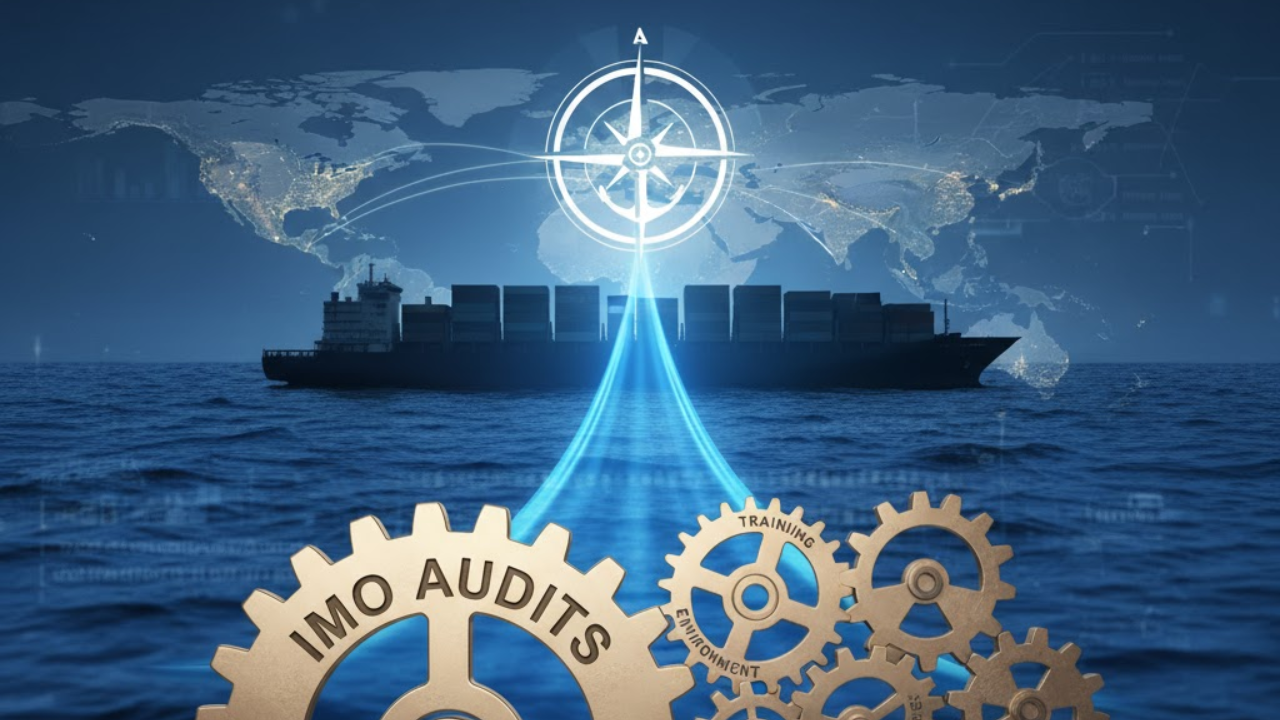
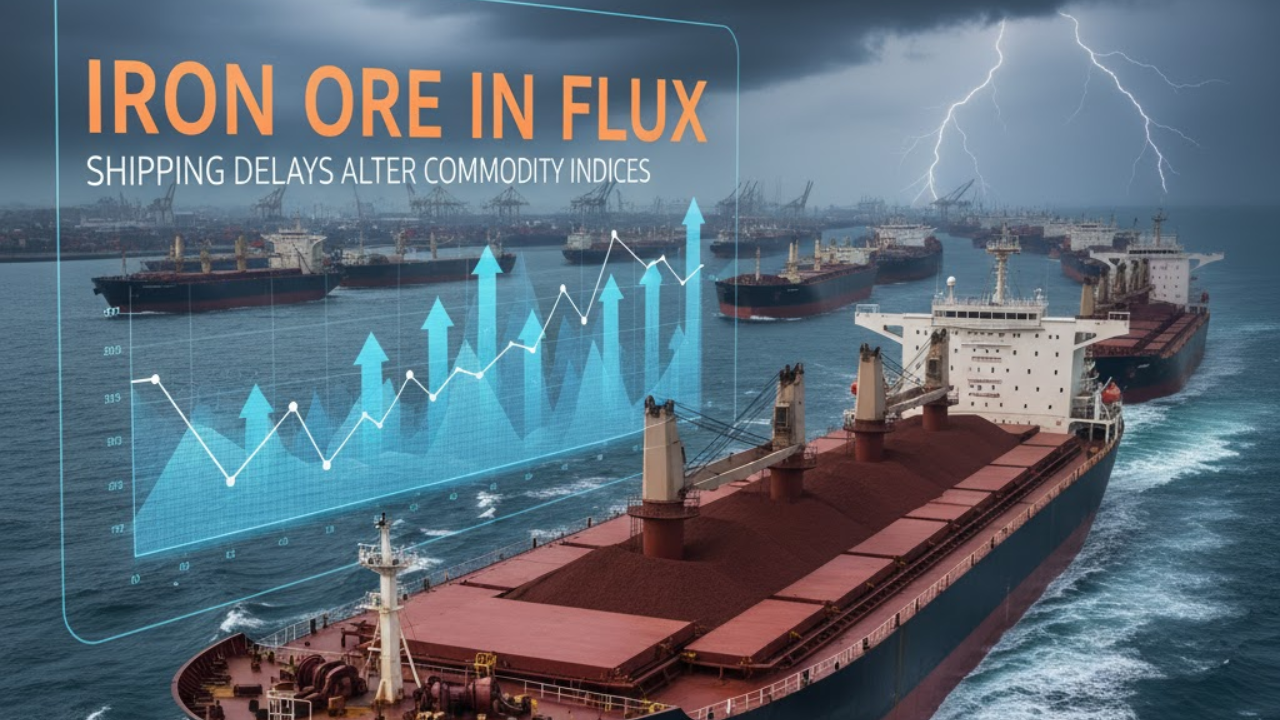
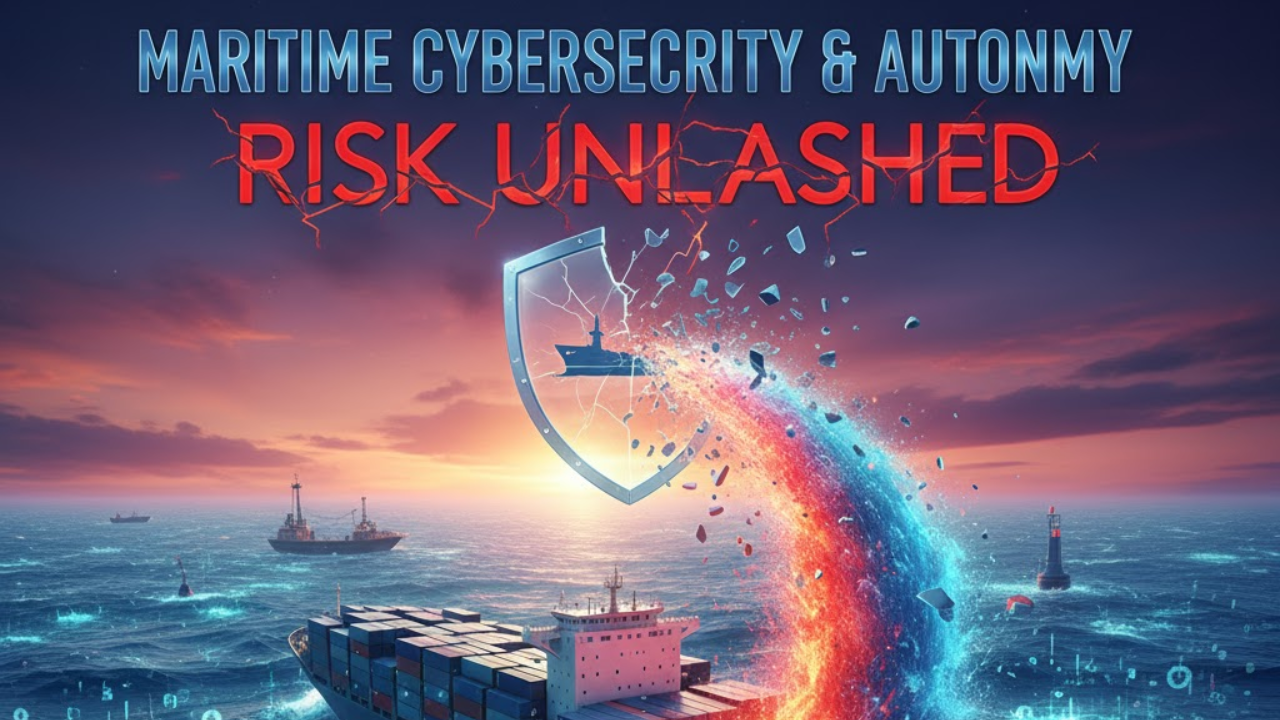
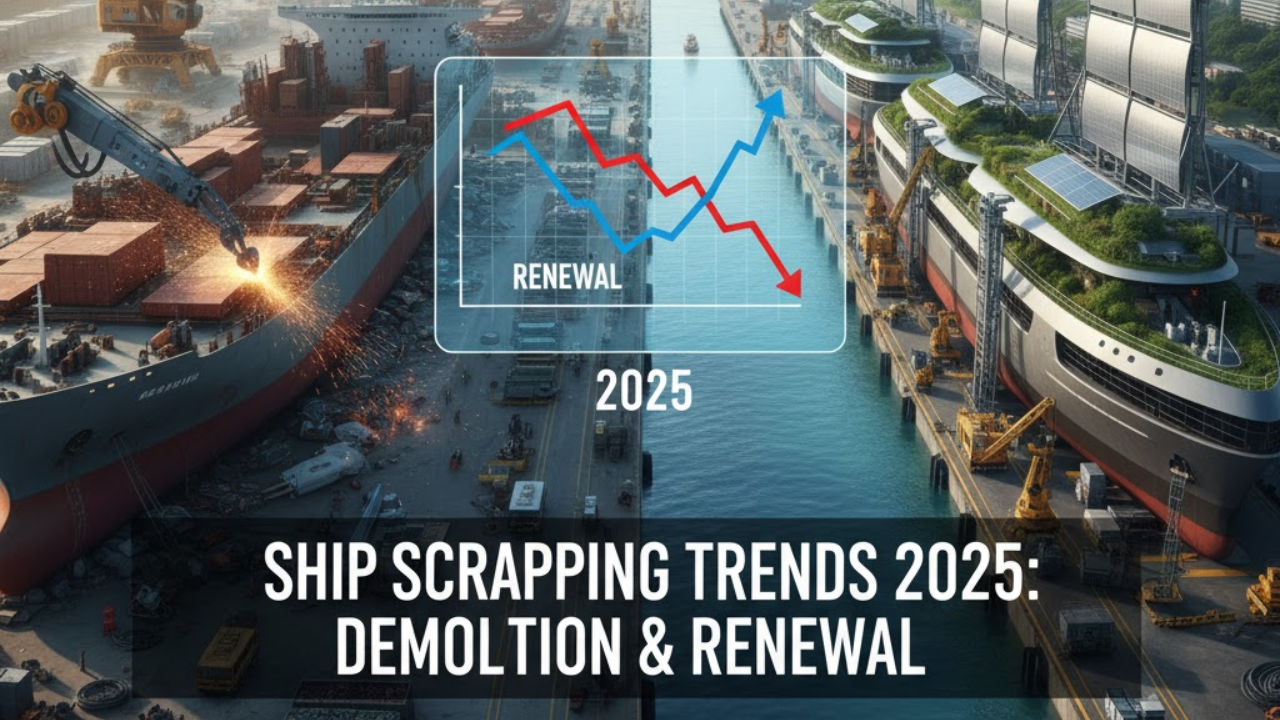
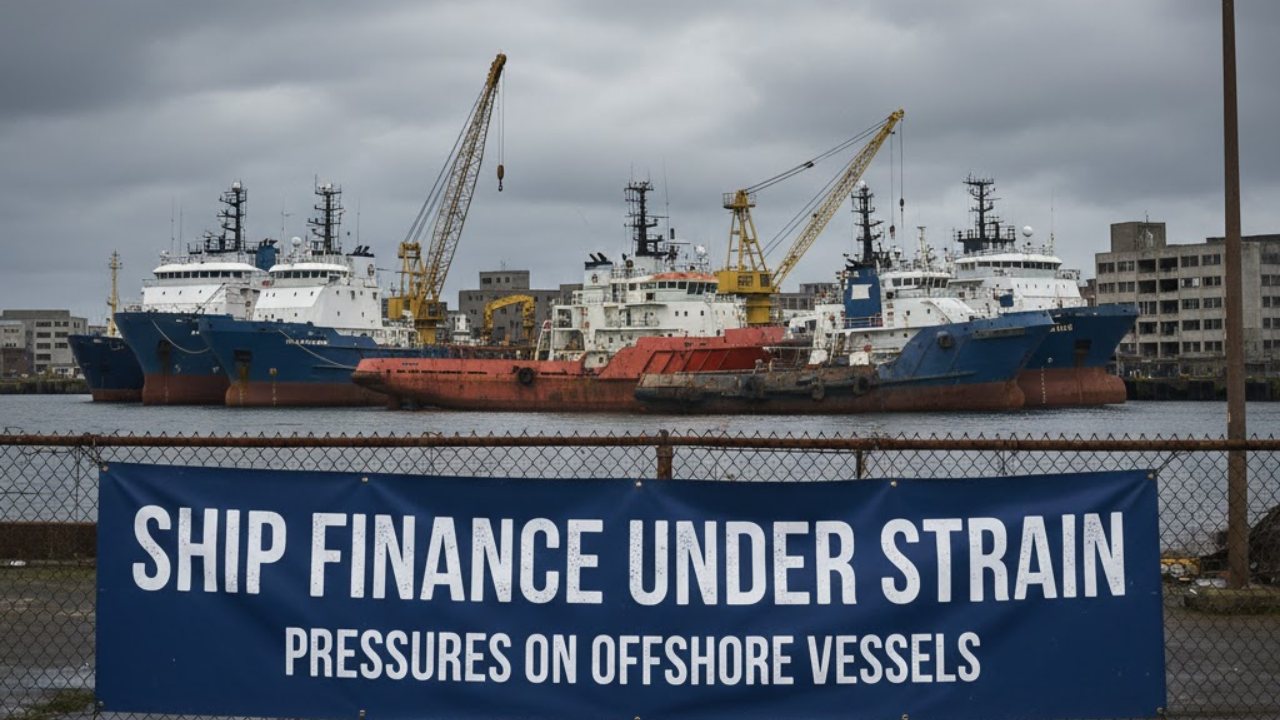
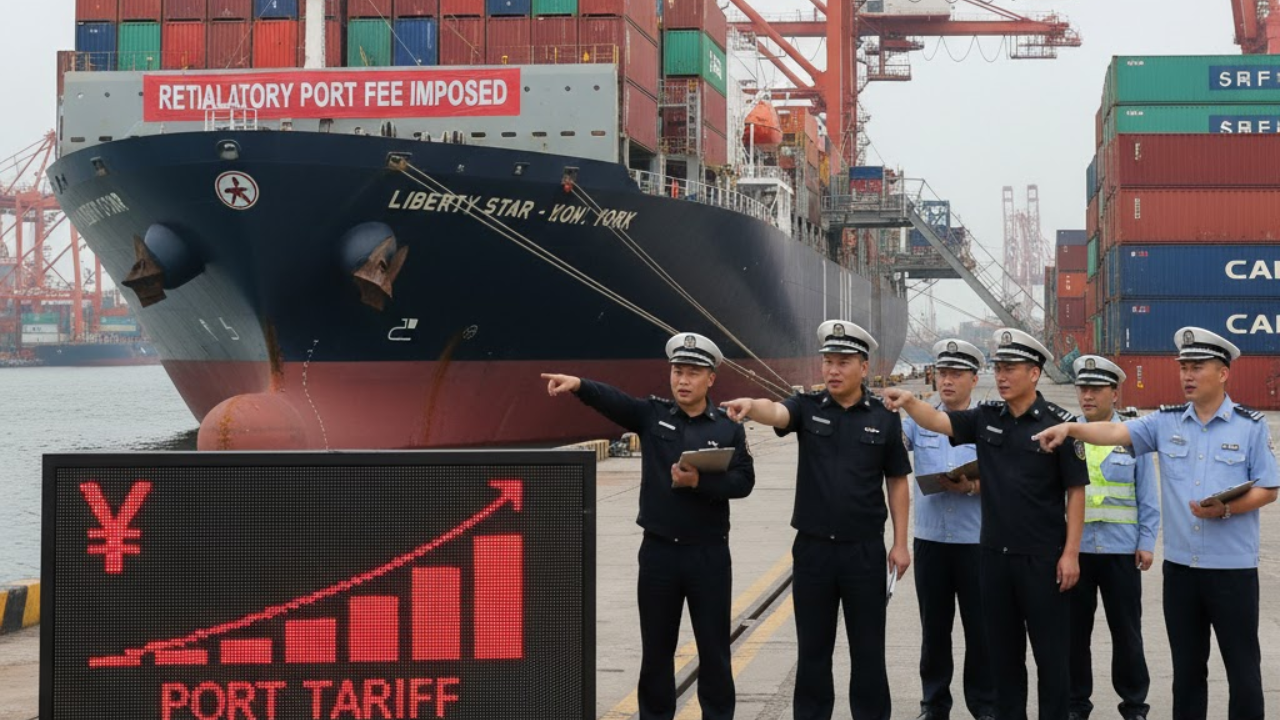
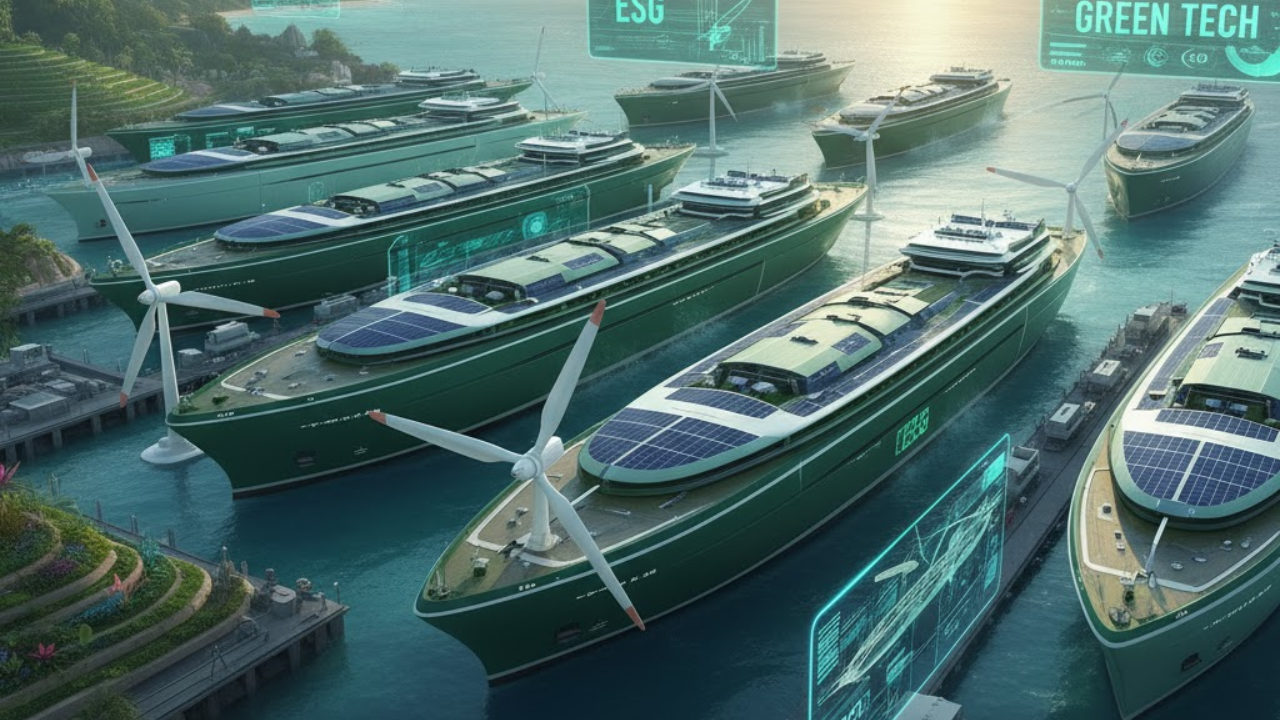
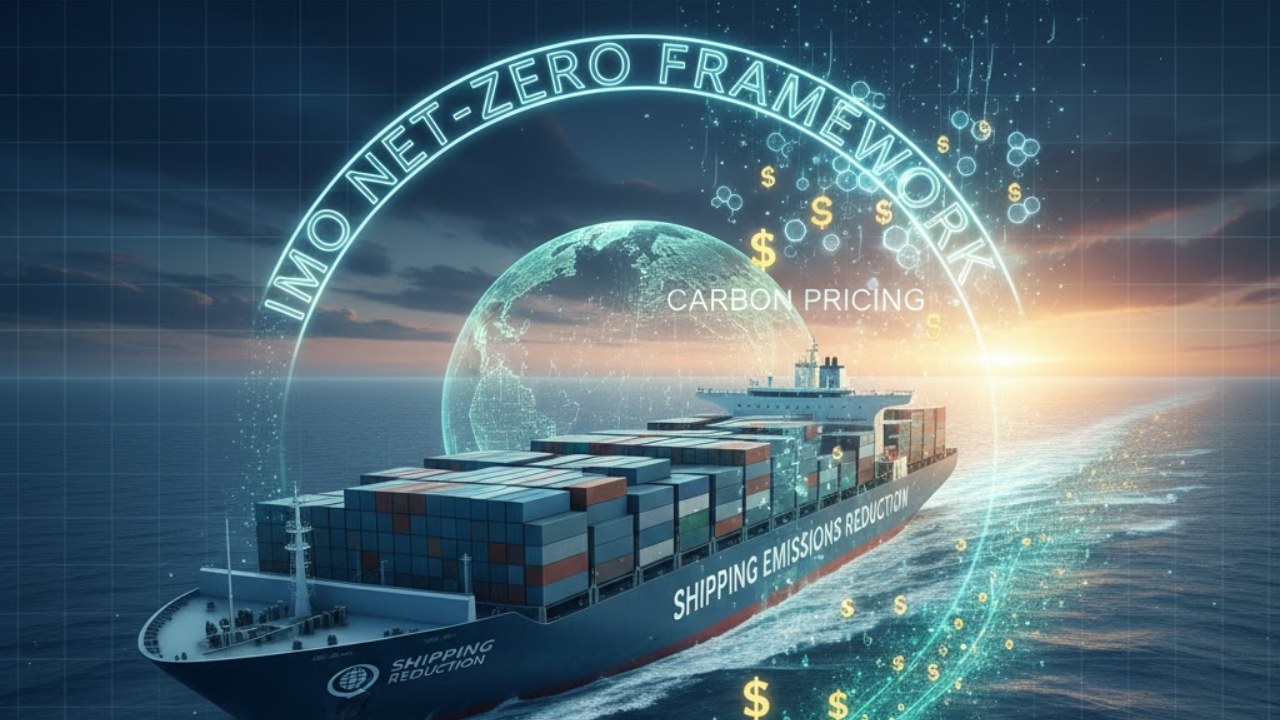

Bengaluru-Mumbai Superfast Train Approved After 30-Year Wait
Railways approves new superfast train connecting Bengaluru and Mumbai, ending a 30-year demand, easi

Canada Post Workers Strike Halts Nationwide Mail and Parcel Services
Canada Post halts operations as CUPW strike disrupts mail and parcel delivery nationwide amid disput

PM Modi Launches BSNL ‘Swadeshi’ 4G Network, 97,500 Towers Built
India enters global telecom league as PM Modi inaugurates BSNL’s indigenous 4G, connecting 26,700 vi

India’s Iconic MiG‑21 Takes Final Flight After Six Decades of Service
After 60 years India retires its MiG‑21 fighter jet, a legendary yet controversial warplane marking

Hindustan Zinc unveils AI hotspot monitoring at Debari smelter
Hindustan Zinc launches AI-powered Switchyard Hotspot Monitoring at Debari smelter to cut outages bo

Chinese experts worked inside sanctioned Russian drone plant
Chinese drone specialists visited IEMZ Kupol supplying parts and drones via intermediaries, deepenin